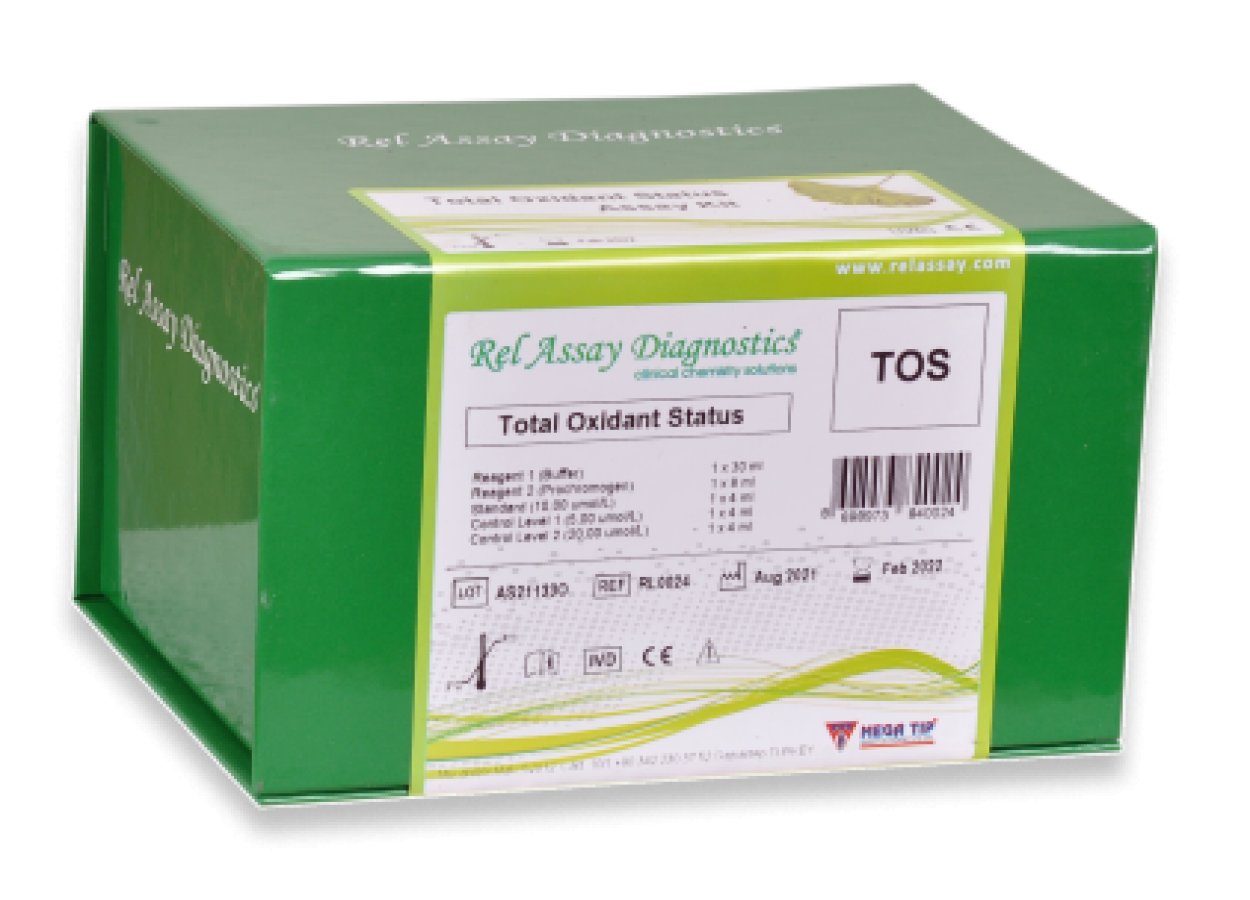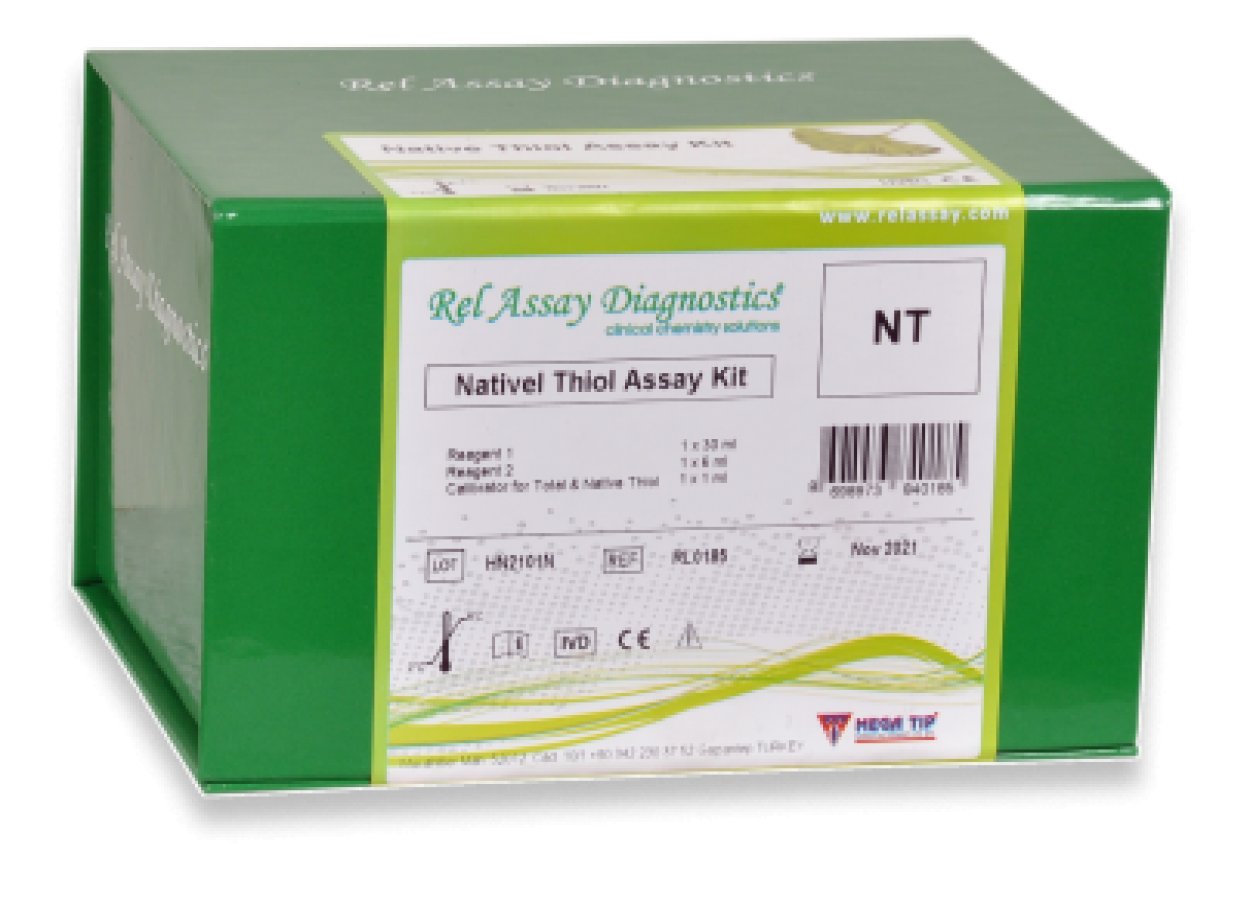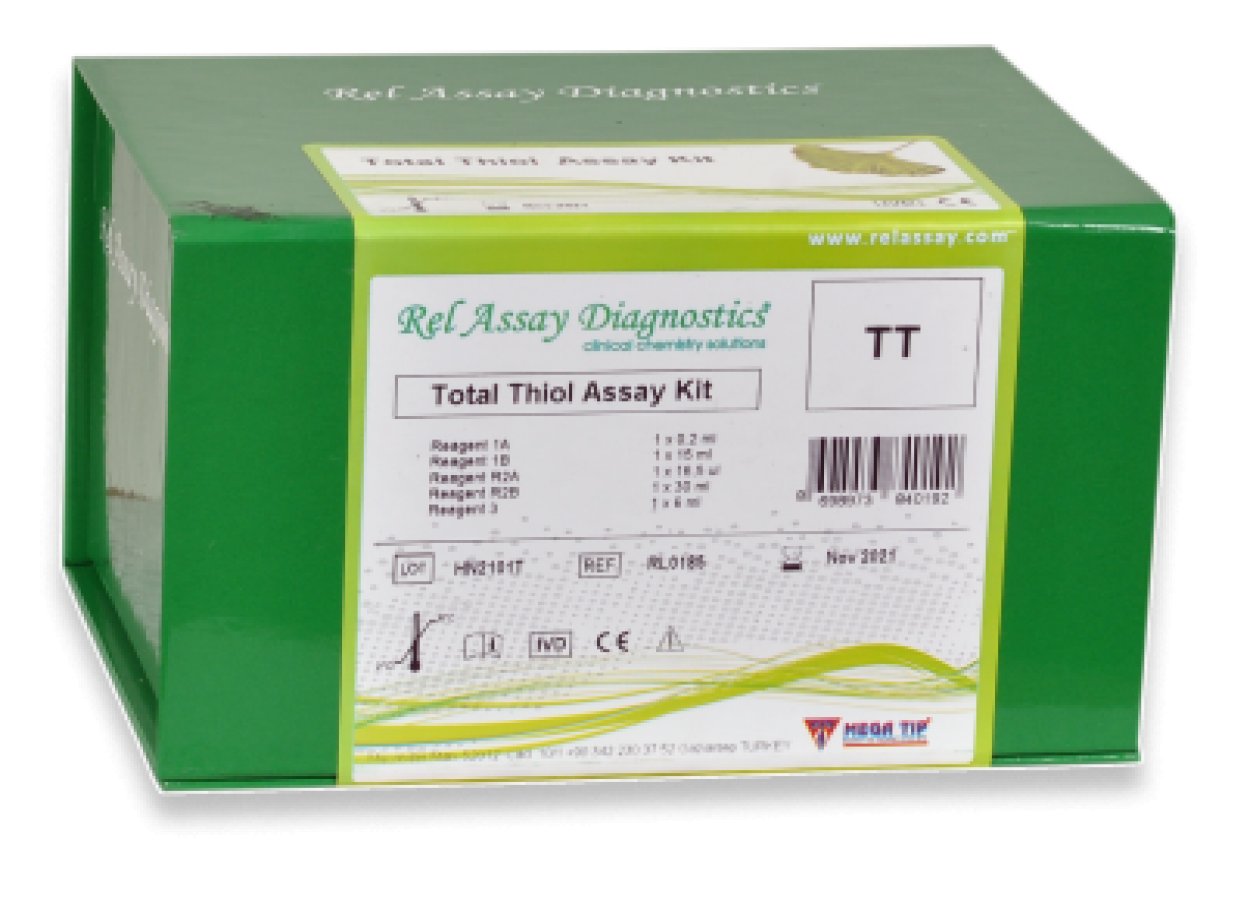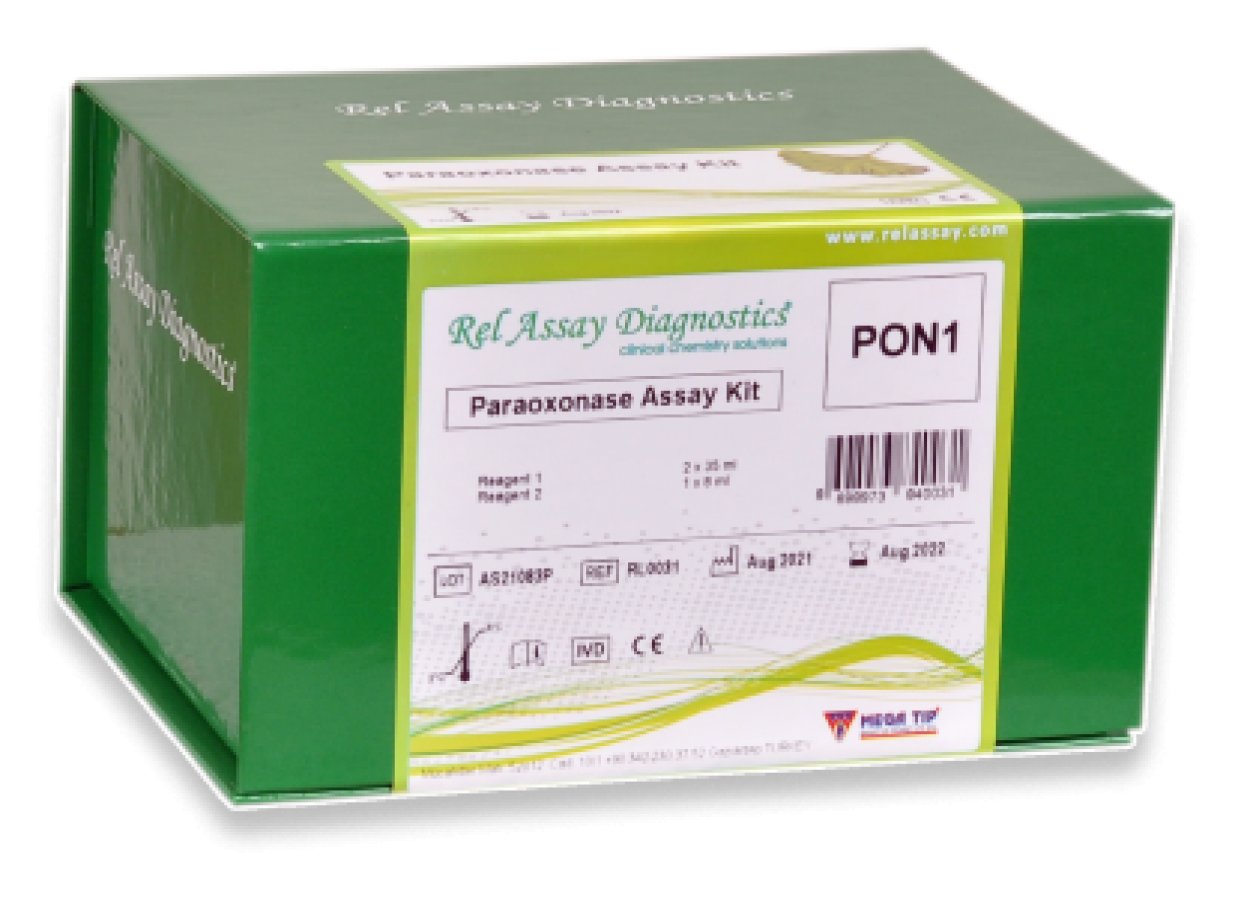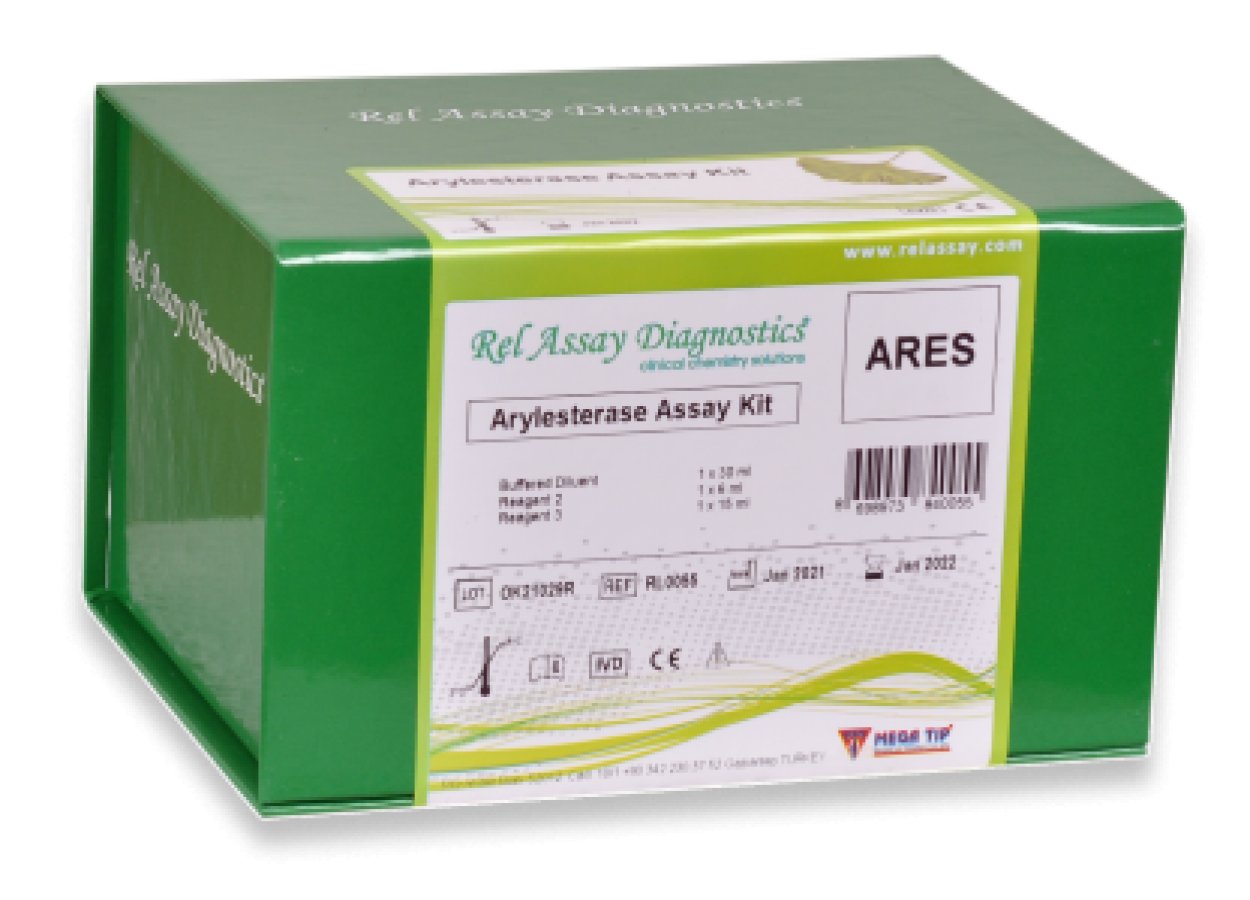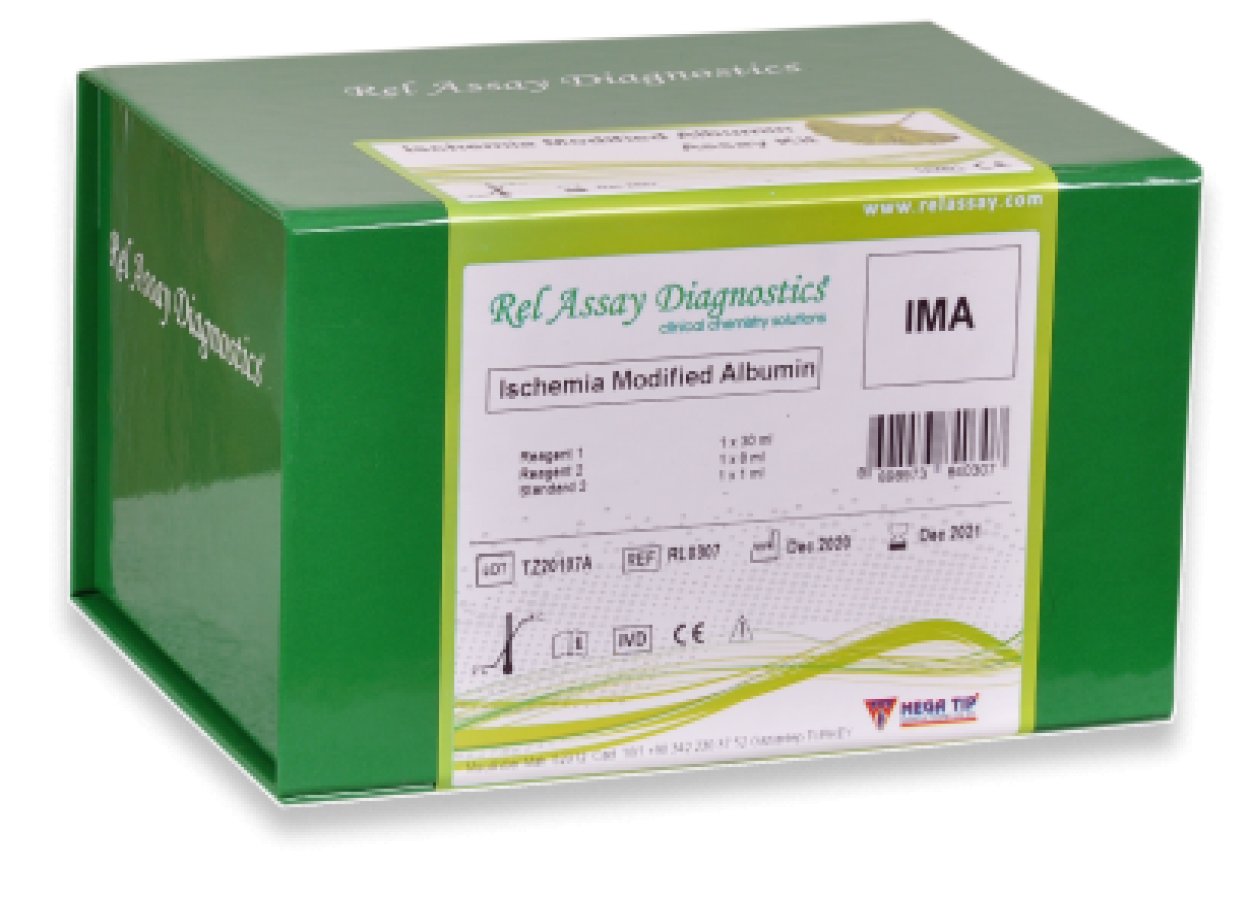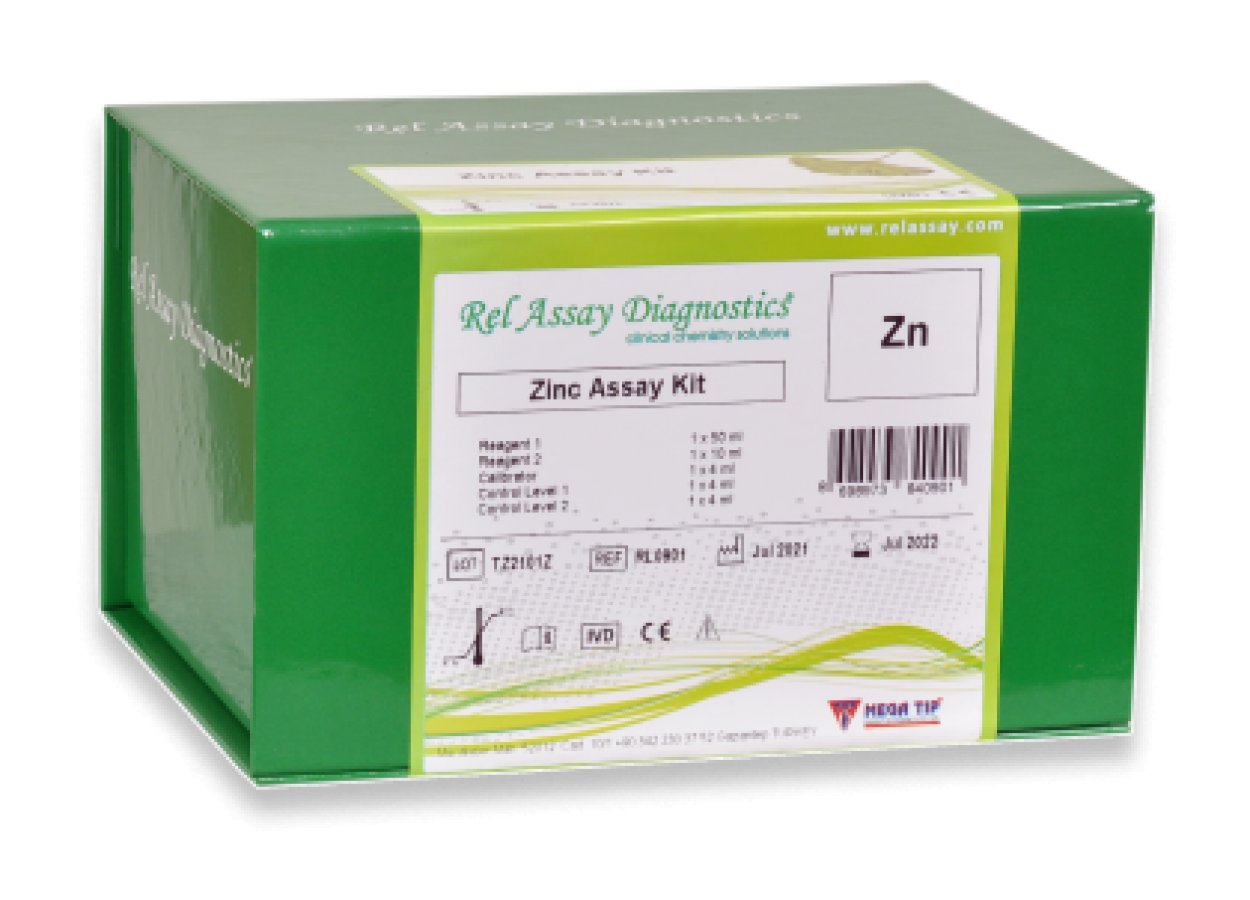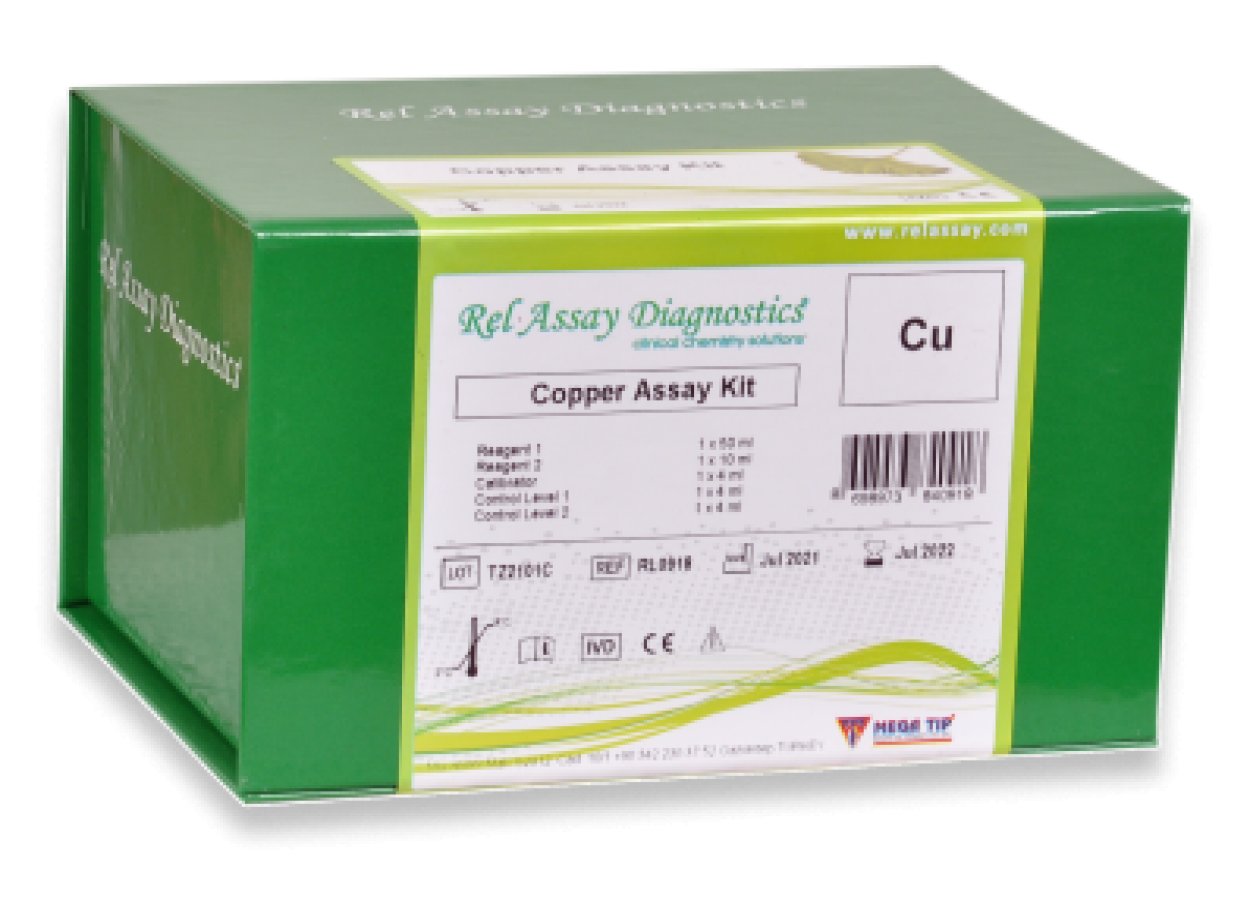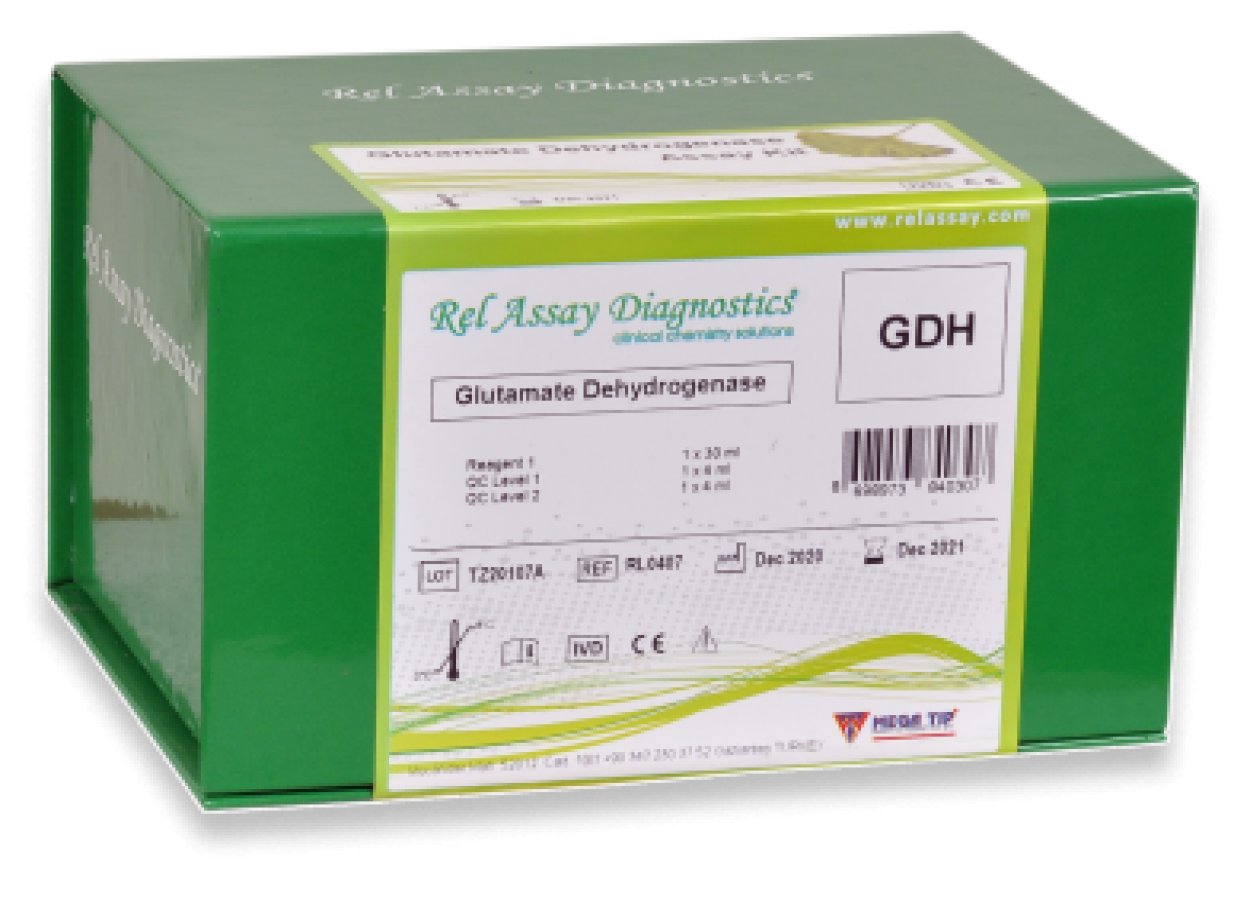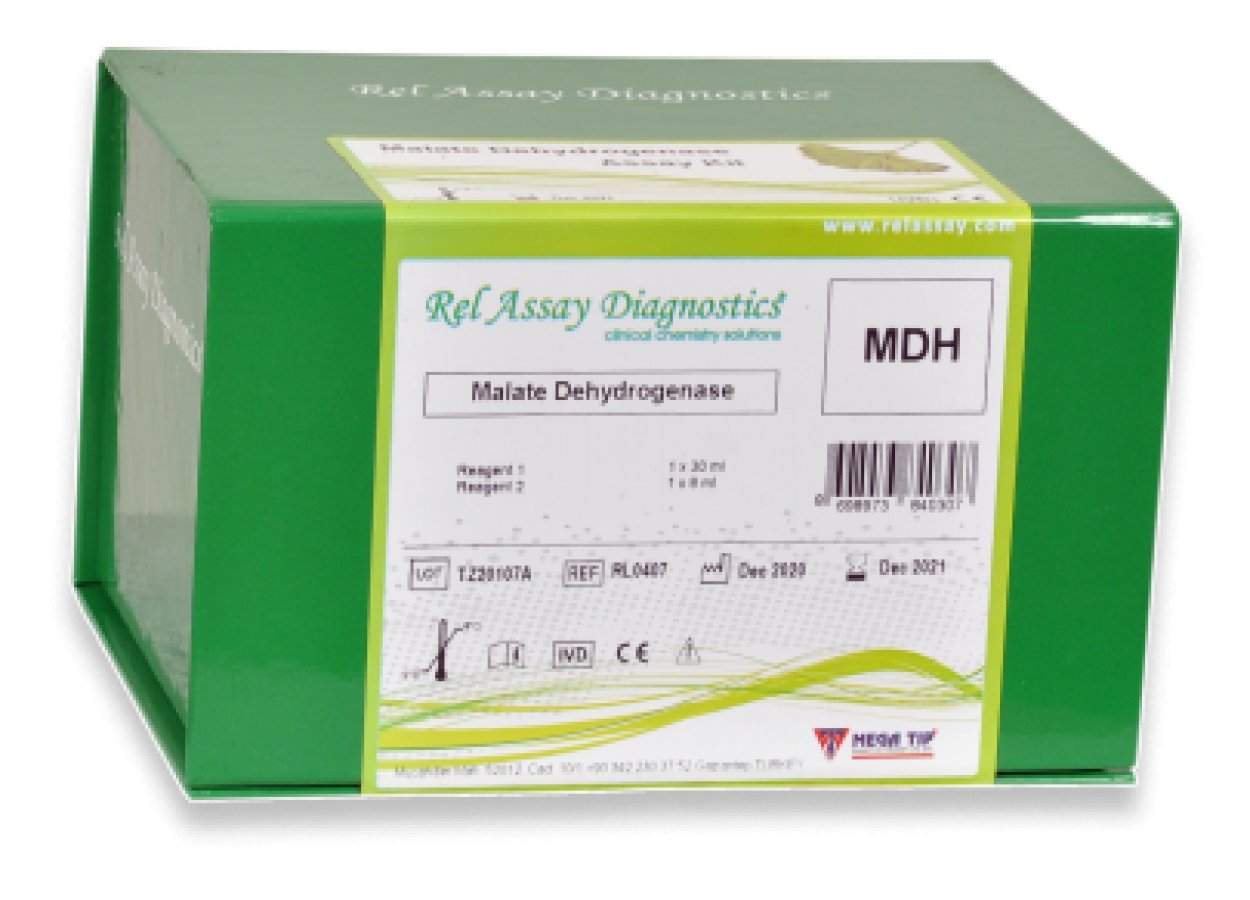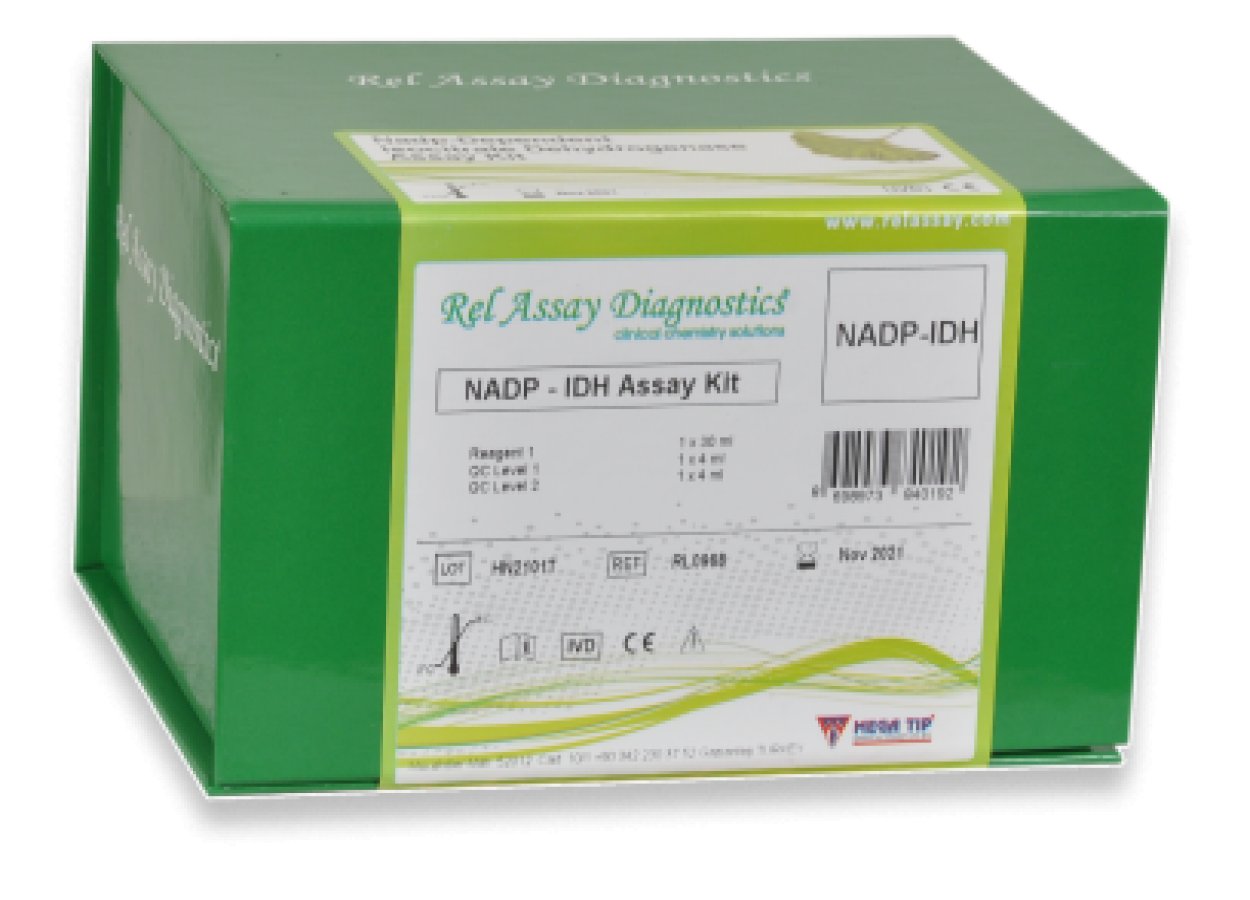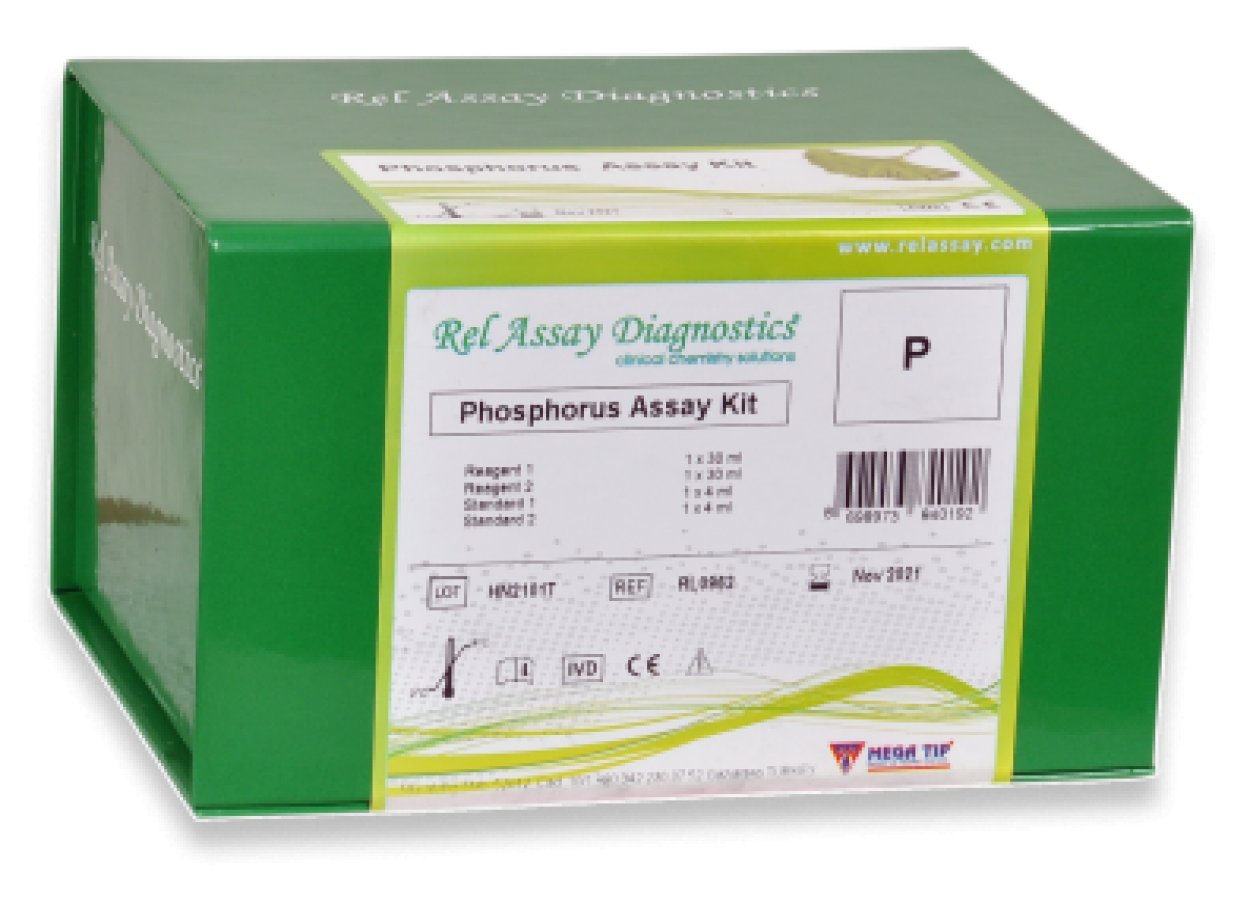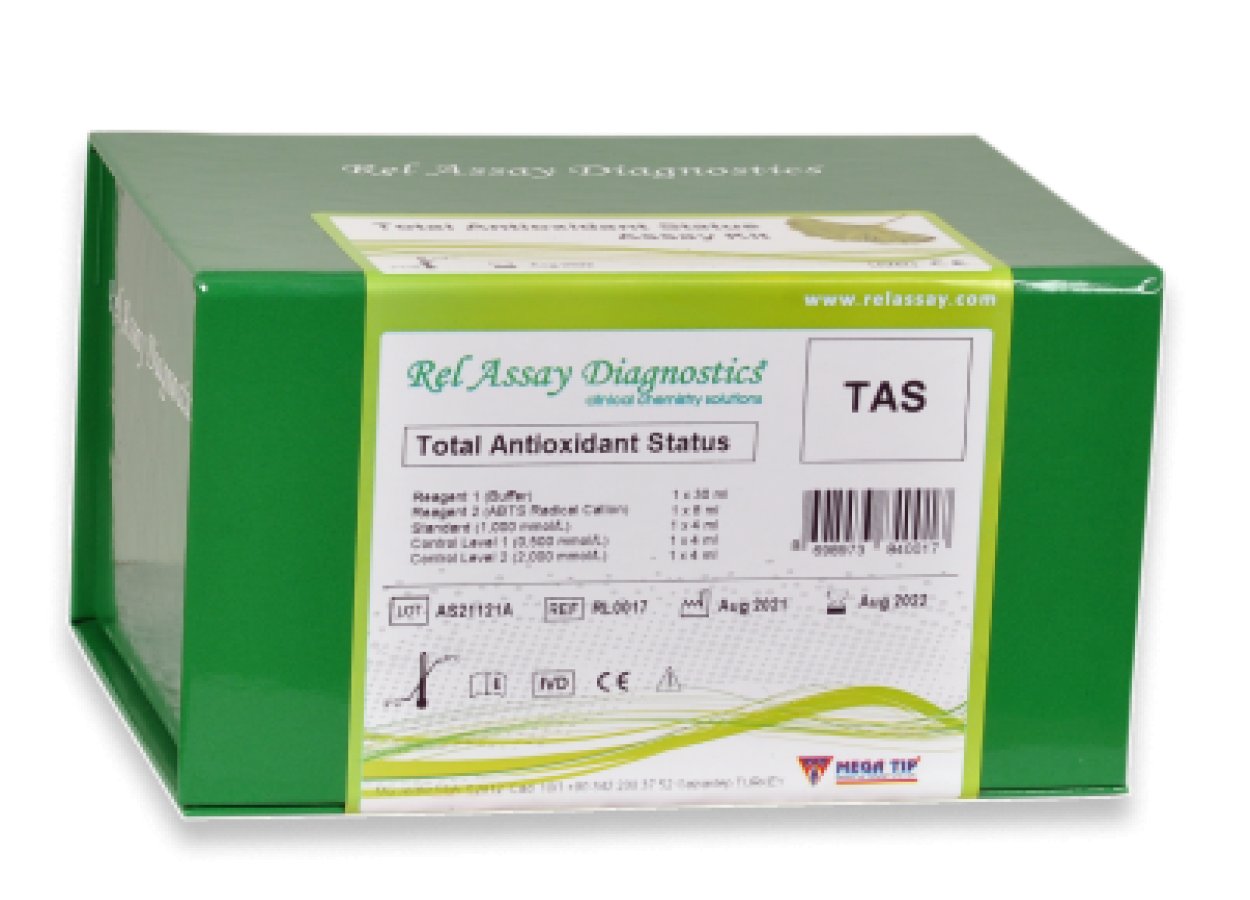
Glukoz-6-fosfat Dehidrogenaz
Reagents and calibrators are stable.
• Ready to use
• Colorimetric
• Fully automated and manually measurement options
• Long lifetimes of the reagents
• High analytical performance charecteristics
• Precision (CV) : 0,1 %
Direct method from whole blood sample
• High Sensitivity
G6PD (EC 1.1.1.49) isa cytosolic enzyme expressed in all ces and plays an important role in pentose phosphate shunt. This enzyme catalyzes the conversion of D-Glucose-6-Phosphate into 6-phosphoglucono-d-lactone. During this process, same amount of number of moles of NADPH + is created. Also itis the rate limiting enzyme of pentose phosphate pathway,
GEPD deficiency is one of the most common enzyme deficiencies around the world, about 400 milion, estimated, people have this condition Most of G6PD-deficient people are usually asymptomatic. People wit this enzyme deficiency are at risk of hemolytic anemia during increased oxidative stress. Increased oxidative stress can be the result of many actions, e.g. use of some drugs (e.9.cholorogiune), infections, ingestion of fava beans. When anti-oxidative/oxidative balance is disturbed, erythrocytes get damaged. These cels are phagocyted inthe spleen, Hemoglobin is degraded into bilirubin, which causes jaundice at higher concentrations.
The Glucose-6-Phasphate Dehydrogenase Assay kit provides a simple and direct procedure for measuring GBPD activity in whole blood samples. The enzyme activity canbe calculated by change of absorbance of NADP-+ at 340 nm. The reaction is descrived below: G-6-P + NADP-+ 6-PG(6-phosphoglucono-d-lactone) + NADPH+ + H+
© Copyright 2020. All Rights Reserved.
Gaziantep Web Tasarım


